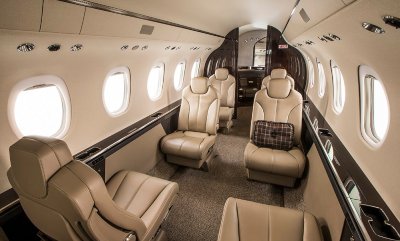Taking the temperature at The Paris Air Show
Last week’s Paris Air Show hosted 350,000 trade visitors and general public, who enjoyed the static display of aircraft, demonstration flights and viewing the latest developments from over 2,000 aviation and aerospace exhibitors.
The biennial event, held alternately with the Farnborough Air Show, is one of Europe’s most eagerly anticipated events for aviation fans and professionals.
And always a great way to gauge the industry’s headline themes and temperature. So what did this year’s show bring?
THE AIRLINERS: BOEING VS AIRBUS
Both the Paris and Farnborough air shows present huge sales opportunities for major airline manufacturers such as Airbus and Boeing.
Airbus showcased their A350. And Boeing impressed the crowds with the vertical takeoff of its 787-9 Dreamliner.
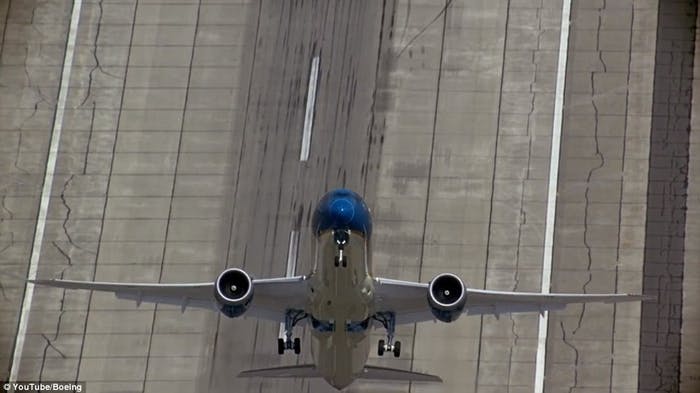
Airbus achieved more sales than Boeing, with 421 units sold by the European manufacturer (worth $57 billion) against 331 aircraft sold by its US rival (valued at $50.2 billion) .
But Boeing is on the rise, with this figure 130 aircraft more than last year’s sales at Farnborough.
While Airbus has seen sales fall.
BUSINESS AVIATION: FALCON & C SERIES
While Dassault’s Rafale military fighter was a headline act, with its stunning (and stomach-churning) flight demonstrations, the French manufacturer was also there to demonstrate the flight power of its latest long range business jet, the Falcon 8X.
The 8X and 5X are the next members of Dassault’s Falcon jet family to enter the market, with Dassault unveiling the first 5X the week before the Paris Air Show. Read more: The Falcon 5X is revealed.
On the ground, the successful Falcon 7X was on static display. This has proved a very successful aircraft for Dassault and is particularly popular with private jet customers in Asia and the United States.
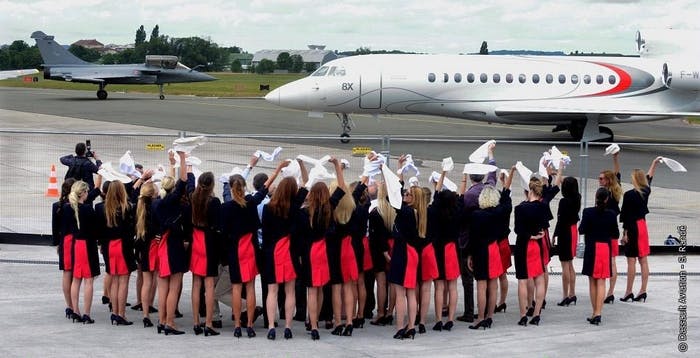
In other business aviation news, Bombardier finally presented its C Series regional airliner. This comes in two models: The CS100 and CS300, which made its first flight in February.
Bombardier has invested heavily in the launch of these jets and the CS300 made a very positive impression in Paris, being notably quieter than most aircraft of its range.
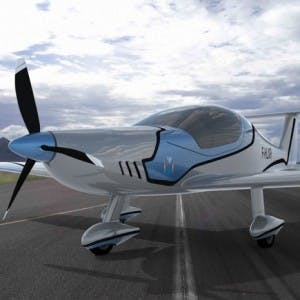
NEW ‘PERSONAL JETS’
Some new small-sized jets made a big impression at the show..
The manufacturer Elixir Aircraft launched its first two-seater plane, Elixir.
The vision of the French start-up is to provide a small aircraft with more comfort and more luxury than the usual two-seaters.
The company took inspiration in their materials from competitive sailing vessels, which are very light. This allows the aircraft to be more efficient, and gives them more weight to play with inside the cabin.
Polish company Metal Master also showcased its Flaris jet. This small jet is barely the size of a car, and weighs only 700kg.
The Flaris is designed for use in remote areas, not accessible to bigger aircraft due to their take-off and landing distances. Indeed the jet needs only 600m of grass to take off.
It is estimated to sell at EUR 1.5 million and has caught the eye of a number of customers, including Iron Maiden’s Bruce Dickinson. The aviation entrepreneur and pilot has said that he intends to buy several, and will be working with Metal Master to sell the Flaris in the UK.
The market for small jet sizes is becoming a competitive field these days, with existing players such as Cessna and Eclipse now being rivalled by new concepts, including the Honda Jet – currently on its European launch tour.
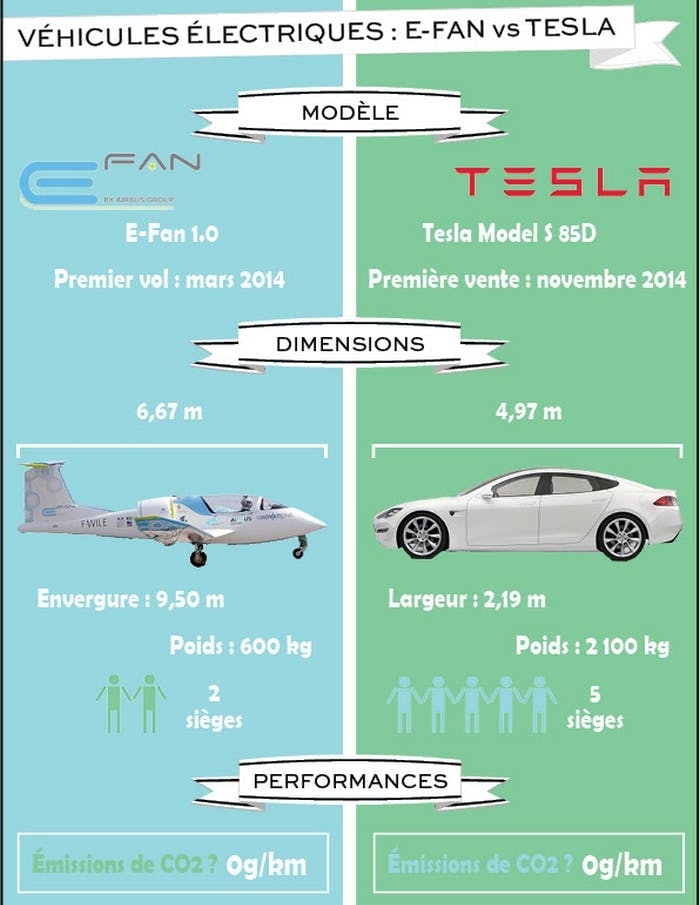
GREEN INNOVATIONS
Environmental initiatives were certainly noticeable at The Paris Air Show – the first trade day of the show opened with a flight by the all-electric E-Fan, and closed with a glider demonstration.
E-Fan is the Airbus Group’s electric prototype, the world’s first to be 100% powered by electricity. Battery limitations mean the tiny two-seater will be viable only as a flying school training aircraft at first, but Airbus are working hard on producing bigger aircraft, capable of longer flight.
To evaluate the performance of E-Fan, see our infographic comparing it with a Tesla electric car.
Another French company Safran is currently developing a technology that will reduce emissions from aircraft during taxiing, using electricity instead of the engine’s fuel engines.
The company is also working on developing hybrid engines, to reduce fuel consumption.
PrivateFly offers a fleet of over 7,000 private charter aircraft, including some of the models presented at the Paris Air Show. For advice on the right aircraft for you, contact our Flight Team on +44 1747 642 777.
Related content
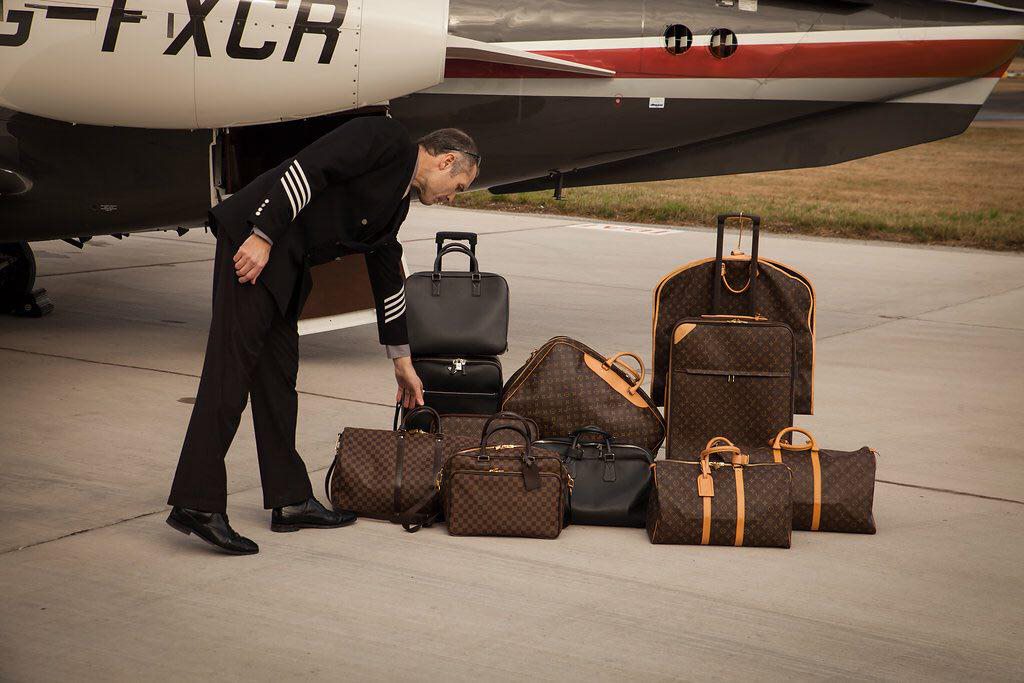
How much luggage can I take on a private jet?

Our latest exclusive Jet Card event at Dom Pérignon Maison
